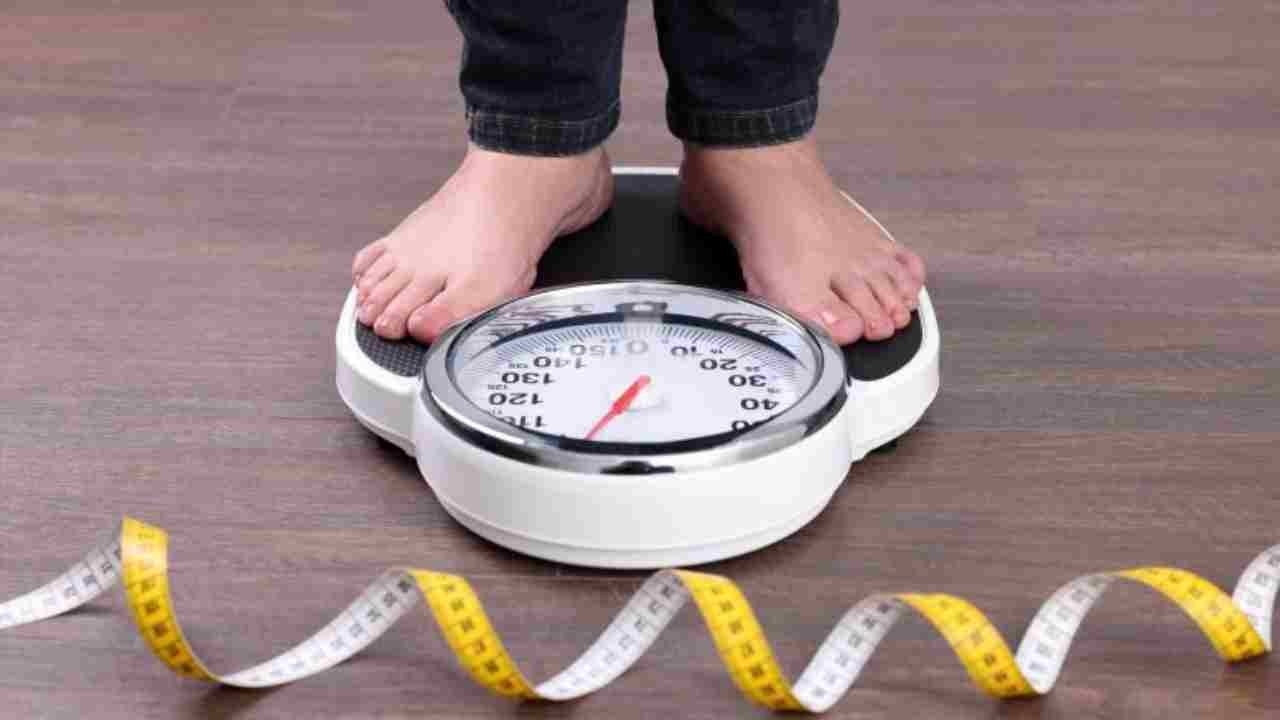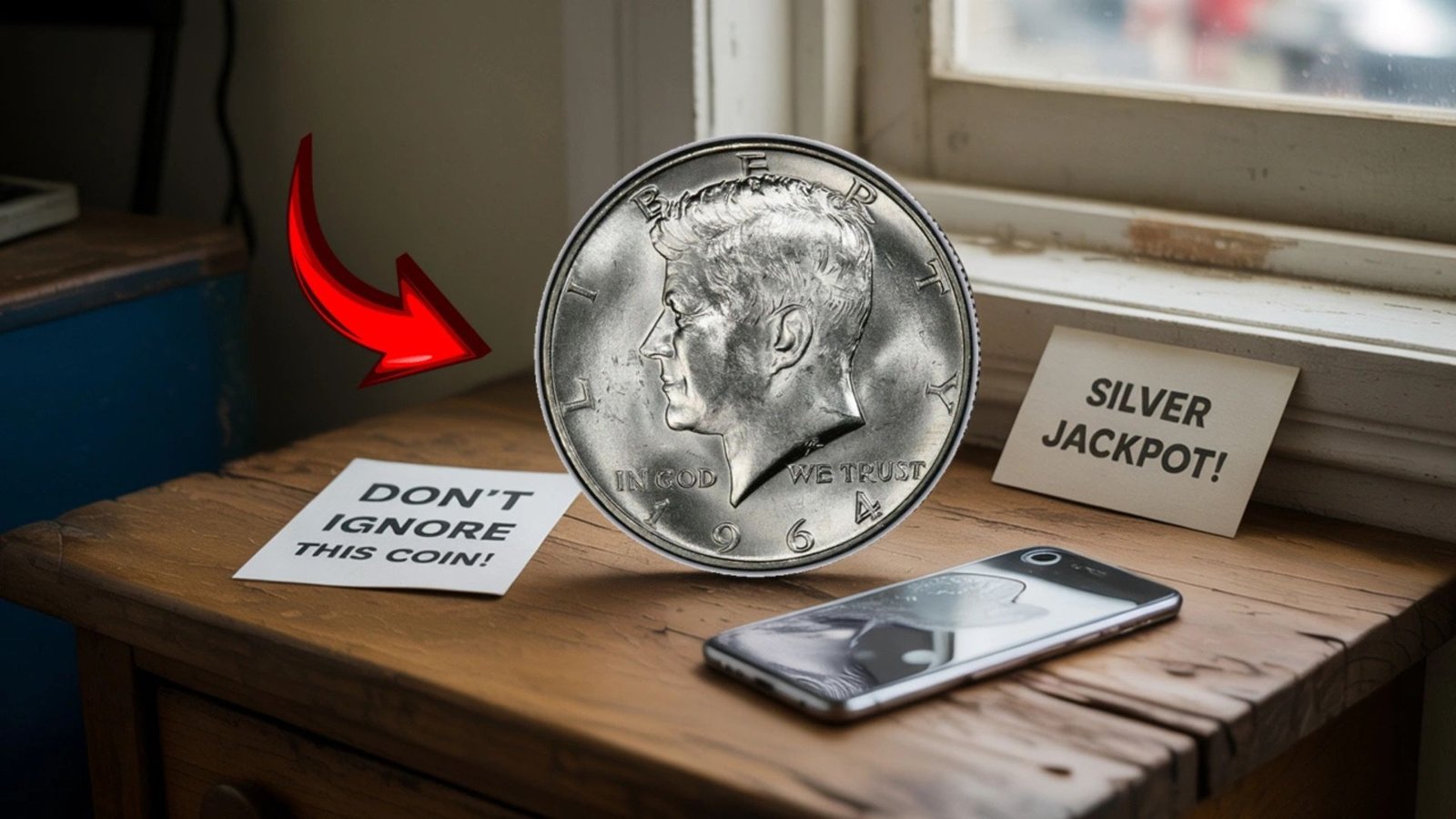For years, Body Mass Index (BMI) has been the go-to method for checking if someone is at a healthy weight. But researchers now say there’s a better way to measure weight that gives a clearer picture of health. This new approach looks at more than just height and weight, offering a more accurate way to assess body composition and overall wellness. In this article, we’ll break down this new method in simple terms, explain why it’s better than BMI, and answer common questions to help you understand how it works.
What Is BMI and Why Is It Flawed?
Understanding BMI
BMI is a simple calculation that uses your height and weight to estimate if you’re underweight, normal weight, overweight, or obese. It’s been used for decades because it’s quick and easy. You divide your weight (in kilograms) by the square of your height (in meters). The result places you in a category, like “normal” (18.5–24.9) or “obese” (30 or higher).
Problems with BMI
While BMI is straightforward, it has big flaws:
- Doesn’t Measure Fat: BMI doesn’t tell the difference between fat, muscle, or bone. A muscular athlete might have a high BMI and be labeled “obese” even though they’re healthy.
- Ignores Body Shape: It doesn’t account for where fat is stored, like around the belly, which can be riskier for health.
- One-Size-Fits-All: BMI doesn’t adjust for age, gender, or ethnicity, which can affect what’s healthy for different people.
- Misses Health Risks: Someone with a “normal” BMI might still have unhealthy levels of fat, especially if they’re not active.
Because of these issues, researchers have been searching for a better way to measure weight and health.
The New Way to Measure Weight
Introducing Body Composition Analysis
Researchers have developed a new method called body composition analysis, which looks at what your body is made of—fat, muscle, bone, and water—instead of just your total weight. This approach uses advanced tools and techniques to give a more complete picture of your health.
How It Works
Unlike BMI, which only needs a scale and a tape measure, body composition analysis uses technology like:
- Bioelectrical Impedance Analysis (BIA): A small device sends a safe electric current through your body to estimate fat and muscle amounts.
- Dual-Energy X-ray Absorptiometry (DEXA): A scan that measures fat, muscle, and bone density with high accuracy.
- 3D Body Scanning: A machine creates a digital model of your body to measure fat distribution and body shape.
These tools provide detailed data, like how much fat is around your organs (visceral fat) or how much muscle you have, which are key to understanding health risks.
Why It’s Better Than BMI
Here’s why body composition analysis beats BMI:
- More Accurate: It measures actual fat and muscle, not just weight.
- Personalized: It considers your unique body type, age, and lifestyle.
- Health-Focused: It spots risks like high visceral fat, which BMI misses.
- Guides Fitness Goals: It helps track muscle gain or fat loss, not just weight changes.
| Feature | BMI | Body Composition Analysis |
|---|---|---|
| What It Measures | Weight and height | Fat, muscle, bone, water |
| Accuracy | Low (misses fat vs. muscle) | High (detailed breakdown) |
| Health Insights | Limited (general categories) | Detailed (fat distribution) |
| Tools Needed | Scale, tape measure | BIA, DEXA, or 3D scanner |
| Personalization | None (same for all) | Tailored to individual |
Benefits of the New Method
Better Health Predictions
Body composition analysis can better predict risks for diseases like diabetes, heart disease, and high blood pressure. For example, too much visceral fat is linked to serious health issues, even if your BMI is “normal.”
Supports Fitness and Weight Loss
If you’re trying to get fit, this method shows whether you’re losing fat or gaining muscle. This is more motivating than watching a scale, which might not change even if you’re getting healthier.
Custom Advice
Unlike BMI’s one-size-fits-all categories, body composition analysis gives personalized insights. A doctor or trainer can use the data to suggest specific diet or exercise changes that work for you.
How to Get Started
Where to Access It
You can find body composition analysis at:
- Gyms and Fitness Centers: Many offer BIA devices or 3D scanners.
- Medical Clinics: DEXA scans are available at some hospitals or specialized clinics.
- Home Devices: Some smart scales use BIA for basic body composition measurements.
What to Expect
The process is quick and painless. For example, a BIA test takes just a minute—you stand on a scale or hold a device, and it calculates your body makeup. DEXA scans take about 10–20 minutes and involve lying on a table while a machine scans you.
Cost and Availability
Costs vary: a BIA test at a gym might be $20–$50, while a DEXA scan can cost $100–$200. Some insurance plans may cover DEXA if it’s for medical reasons. Check with local providers for options.
Challenges of the New Method
While body composition analysis is a big step forward, it’s not perfect:
- Cost: Advanced scans like DEXA can be expensive and aren’t always covered by insurance.
- Access: Not everyone has access to high-tech equipment, especially in rural areas.
- Learning Curve: Understanding the results might require help from a doctor or trainer.
Despite these challenges, the benefits make it a promising tool for anyone serious about their health.
Conclusion
Body composition analysis is a game-changer for measuring weight and health. Unlike BMI, which oversimplifies things, this new method gives a detailed look at your body’s makeup, helping you understand your health better and make smarter choices. Whether you’re aiming to lose fat, gain muscle, or just stay healthy, this approach offers personalized insights that BMI can’t match. As technology becomes more accessible, body composition analysis could become the new standard for checking health. Talk to your doctor or a fitness expert to see how you can try it out.
FAQs
What is body composition analysis?
It’s a method that measures the amounts of fat, muscle, bone, and water in your body using tools like BIA, DEXA, or 3D scanners.
Why is BMI not accurate?
BMI only uses height and weight, so it can’t tell if your weight comes from fat or muscle. It also ignores fat distribution and individual differences.
How can I get a body composition test?
You can get one at gyms, medical clinics, or with home devices like smart scales. Check with local providers for options.
Is body composition analysis safe?
Yes, methods like BIA and DEXA are safe. They use low-level electric currents or X-rays, but the exposure is minimal and harmless.
How often should I check my body composition?
It depends on your goals. For general health, every 3–6 months is enough. If you’re training or dieting, monthly checks can track progress.









